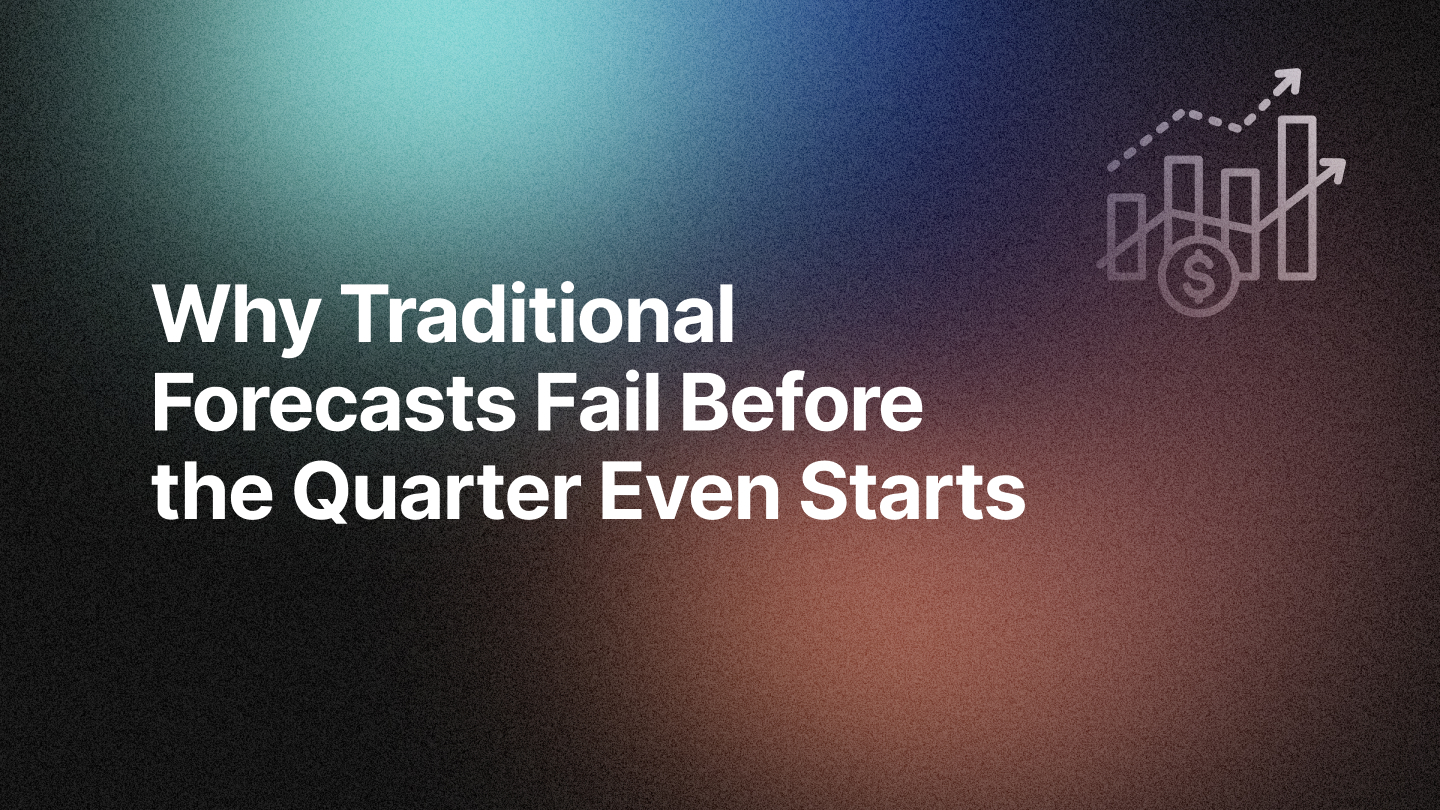In the high-stakes world of B2B sales, the battle for credit between departments has often overshadowed the true goal of revenue attribution: uncovering actionable insights that drive growth. Marketing campaigns claim success, sales teams fight for recognition, and customer success teams look for their piece of the pie—leading to what can only be described as "credit wars." But in this tug-of-war, the real value of attribution is lost.
Enter Revenue Operations (RevOps), the game-changer that aligns these functions under a unified strategy. By bridging the gap between marketing and sales, RevOps transforms attribution from a battleground into a collaborative effort, where the focus shifts from who gets the credit to understanding what truly drives revenue. In this blog, we'll explore how RevOps and marketing collaboration can transform B2B attribution and drive growth.
The Importance of Attribution in B2B
Attribution is crucial for understanding which marketing efforts are driving revenue. In a complex B2B sales cycle, where multiple touchpoints influence a buyer's journey, pinpointing the impact of each interaction can be difficult. Without proper attribution, marketing teams struggle to justify their budgets, while sales teams may fail to recognize the value of marketing's contribution to closing deals. This is where the alignment between RevOps and marketing becomes vital.
The Role of RevOps in Attribution
RevOps is pivotal in ensuring that all revenue-related functions within an organization—marketing, sales, and customer success—are aligned and operating efficiently. Regarding attribution, RevOps provides the necessary infrastructure, tools, and processes to collect, manage, and analyze data across the entire customer journey. By breaking down data silos, RevOps enables a holistic view of revenue generation, allowing for more accurate attribution models.
Marketing's Contribution to Attribution
Marketing teams are responsible for creating and executing campaigns that generate leads and nurture prospects through the sales funnel. To do this effectively, they need access to accurate data and insights. By collaborating with RevOps, marketing can ensure that they are tracking the right metrics, such as lead source, engagement levels, and conversion rates. This data is crucial for attributing revenue to specific campaigns and channels, enabling marketers to optimize their strategies and maximize ROI.
Insights from Experts on the Complexities of Attribution in Modern GTM Operations
Attribution—a term that often triggers a range of reactions from revenue professionals—is a topic that has grown increasingly complex with the evolution of modern B2B go-to-market (GTM) motions. In a recent episode of our RevTalks webinar and podcast series, we had the privilege of hosting Rosalyn Santa Elena, CROO & Founder of the RevOps Collective. Rosalyn shared her valuable insights into the challenges and opportunities surrounding attribution in today’s multi-faceted GTM environment.
Rosalyn's journey into the world of attribution began with an interest in RevOps, specifically how to drive full-funnel visibility and accountability that touches every aspect of the customer journey. In today’s B2B landscape, attribution is often boiled down to first-touch and last-touch models, primarily centered around form fills. However, as Rosalyn pointed out, this simplistic approach fails to capture the full spectrum of customer interactions that occur both before and after a form is filled. Watch the full episode here.
The evolution of attribution from simplicity to complexity has been driven by the rise of social media, multiple touchpoints, and advanced technology. The challenge lies in not only capturing these interactions but also in making sense of them in a way that accurately reflects the customer journey. Traditional methods of attribution are often insufficient for today’s multi-channel, multi-touch GTM motions. This complexity has led to a significant level of distrust in the data and the insights it provides.
One of the most significant issues with attribution in B2B companies is the focus on credit—who gets it and how much? This focus can lead to what Rosalyn refers to as "credit wars," where different teams (marketing, sales, SDRs, etc.) compete to prove their impact on the pipeline. This mindset is counterproductive and detracts from the true purpose of attribution, which is to understand how different activities contribute to revenue generation.
Rosalyn emphasized that the point of attribution should not be about allocating credit but rather about understanding the sequence of activities that drive outcomes. She suggests that teams should come together to visualize the end-to-end customer journey, capturing as many interactions as possible—both online and offline. By aggregating these journeys, teams can uncover patterns and synergies that reveal what truly drives conversion at each stage of the funnel.
The Benefits of RevOps and Marketing Collaboration
1. Unified Data and Reporting: When RevOps and marketing collaborate, they can create a single source of truth for all revenue-related data. This unified approach ensures that everyone is working with the same information, reducing discrepancies and improving the accuracy of attribution models.
2. Improved Decision-Making: With accurate attribution data at their fingertips, both teams can make more informed decisions about where to allocate resources. This leads to more effective marketing campaigns and sales strategies, ultimately driving higher revenue.
3. Enhanced Alignment and Accountability: Collaboration fosters a culture of accountability, where both teams are aligned on common goals and outcomes. This alignment ensures that marketing efforts are directly tied to revenue and that both teams are working together to achieve business objectives.
4. Optimized Customer Journeys: By working together, RevOps and marketing can map out the entire customer journey and identify key touchpoints that influence buying decisions. This insight allows for better targeting and personalization, leading to more successful marketing efforts and improved customer experiences.
Conclusion
Attribution in B2B marketing and sales is no longer a straightforward task—it requires a holistic approach that considers all touchpoints, both online and offline, and aligns them with broader business objectives. The collaboration between RevOps and marketing teams is key to achieving this. By shifting the focus from credit to insight and leveraging the power of unified data, organizations can use attribution to drive better decision-making and ultimately, better outcomes for their customers.
Is your organization ready to harness the power of RevOps and marketing collaboration for better attribution? Now is the time to break down silos, align your teams, and unlock the full potential of your data. Let's talk.
Related Blogs







